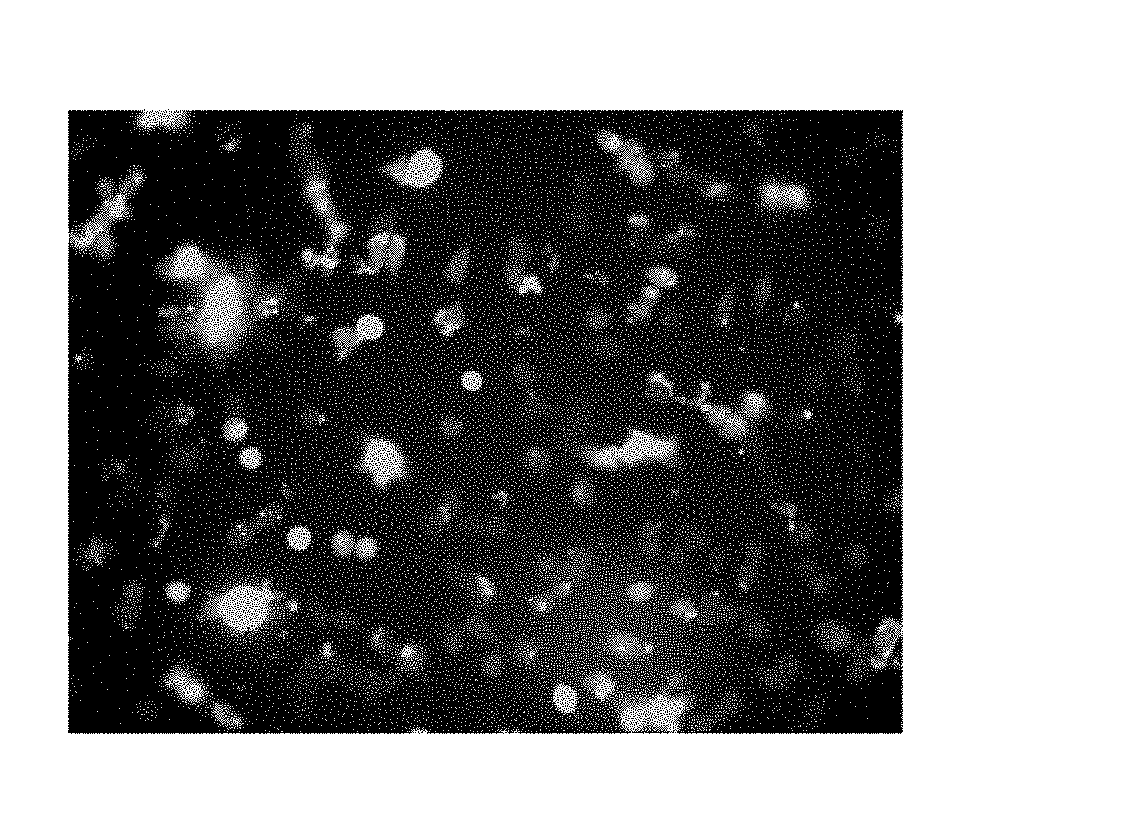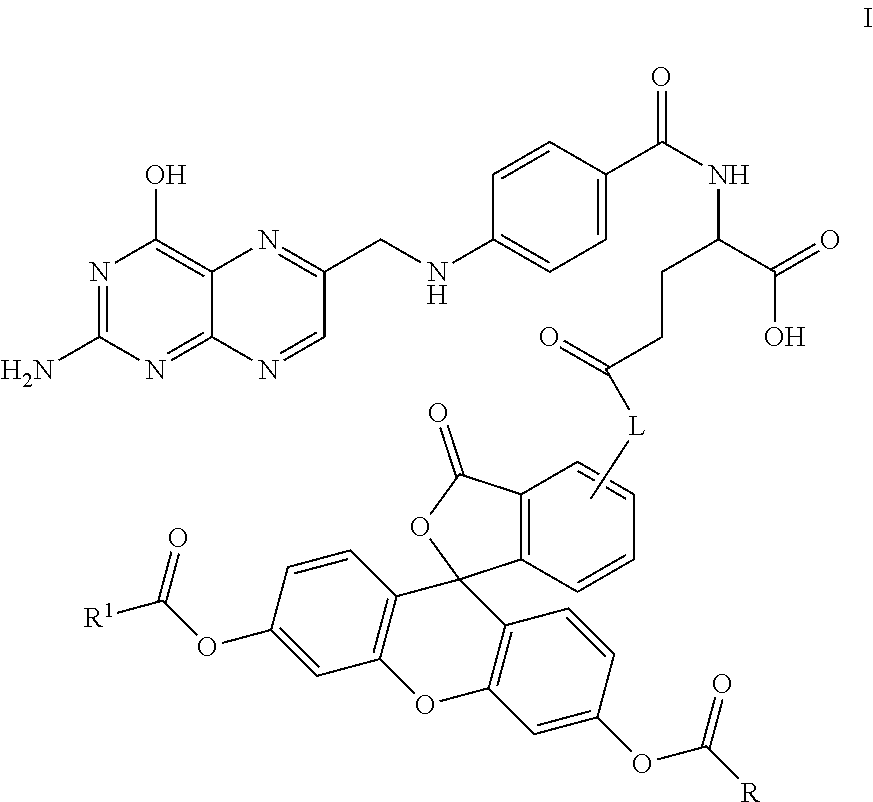Biopsy methods and devices
a biopsy and tissue technology, applied in the field of biopsy methods and devices, can solve the problems of patients left with a traumatic period of not knowing
- Summary
- Abstract
- Description
- Claims
- Application Information
AI Technical Summary
Benefits of technology
Problems solved by technology
Method used
Image
Examples
example 1
Synthesis of Methoxyethoxycarbonylproprionic Acid (Compound 12)
(Scheme 1)
[0137]
[0138]The above reaction follows the literature preparation described by J. Materials Chemistry, 2014, 2(26):4142-4145. Specifically, a slight excess of succinic anhydride was combined with 2-methoxyethanol in methylene chloride in a flask at about 20° C. A solution of triethylamine in methylene chloride was added dropwise over about a 15 minute period during which the reaction produced sufficient heat so that the solvent began to boil. Afterwards, the addition of triethylamine was stopped and the reaction stirred overnight after returning to room temperature.
[0139]The reaction was stopped and the reaction solution washed with brine and the organic layer was recovered. The solvent was stripped and the resulting product was purified by column chromatography (silica gel using a gradient of from 0 to 10% methanol in methylene chloride). The resulting product (compound 10) was used as is without further purif...
example 2
Synthesis of the Fluorescein Diester, Compound 14 (Scheme 2)
[0140]
[0141]Approximately 1 equivalent of compound 12 was dissolved in methylene chloride and then combined with approximately 1 equivalent of DCC at room temperature. The mixture was stirred for approximately 5 minutes and then 0.25 equivalents of DMAP and approximately 0.25 equivalents of fluorescein 5-isothiocyanate (W is —N═C═S) were added thereto. The reaction mixture was then sonicated at 26° C. until the suspension was substantially dissipated which occurred over an approximate 15 minute period. The resulting reaction mixture was stirred overnight at room temperature and monitored for reaction completion by TLC. Upon substantial reaction completion, the non-soluble components were filtered and the resulting solution was placed on a silica column for purification purposes. The column was eluted with a solvent gradient starting at 0% methanol and 100% methylene chloride and finishing with 10% methanol and 90% methylene...
example 3
Synthesis of the Folic Acid—Fluorescein Diester Conjugate, Compound 23
[0142]
[0143]Compound 20 was prepared according to the literature as set forth in Guaranga, et al., Bioconjugate Chemistry, 2012, 23:84-96. In particular, compound 20 was prepared from folic acid by addition of about 6 equivalents of DCC in a solution of about 4:1 DMF:pyridine. The reaction was maintained at room temperature overnight. The solution was filtered or centrifuged to removed solids and the resulting solution containing compound 20 was combined with approximately 1 equivalent of compound 21. The reaction was maintained at room temperature overnight and the resulting solution was filtered again to remove additional solids to provide containing compound 22.
[0144]Alternatively, the reaction can be conducted by combining folic acid, DCC and compound 21 into a single reaction to provide for compound 22 where, again, solids are removed by centrifugation or filtration.
[0145]Compound 22 was optionally combined w...
PUM
 Login to View More
Login to View More Abstract
Description
Claims
Application Information
 Login to View More
Login to View More - R&D
- Intellectual Property
- Life Sciences
- Materials
- Tech Scout
- Unparalleled Data Quality
- Higher Quality Content
- 60% Fewer Hallucinations
Browse by: Latest US Patents, China's latest patents, Technical Efficacy Thesaurus, Application Domain, Technology Topic, Popular Technical Reports.
© 2025 PatSnap. All rights reserved.Legal|Privacy policy|Modern Slavery Act Transparency Statement|Sitemap|About US| Contact US: help@patsnap.com



